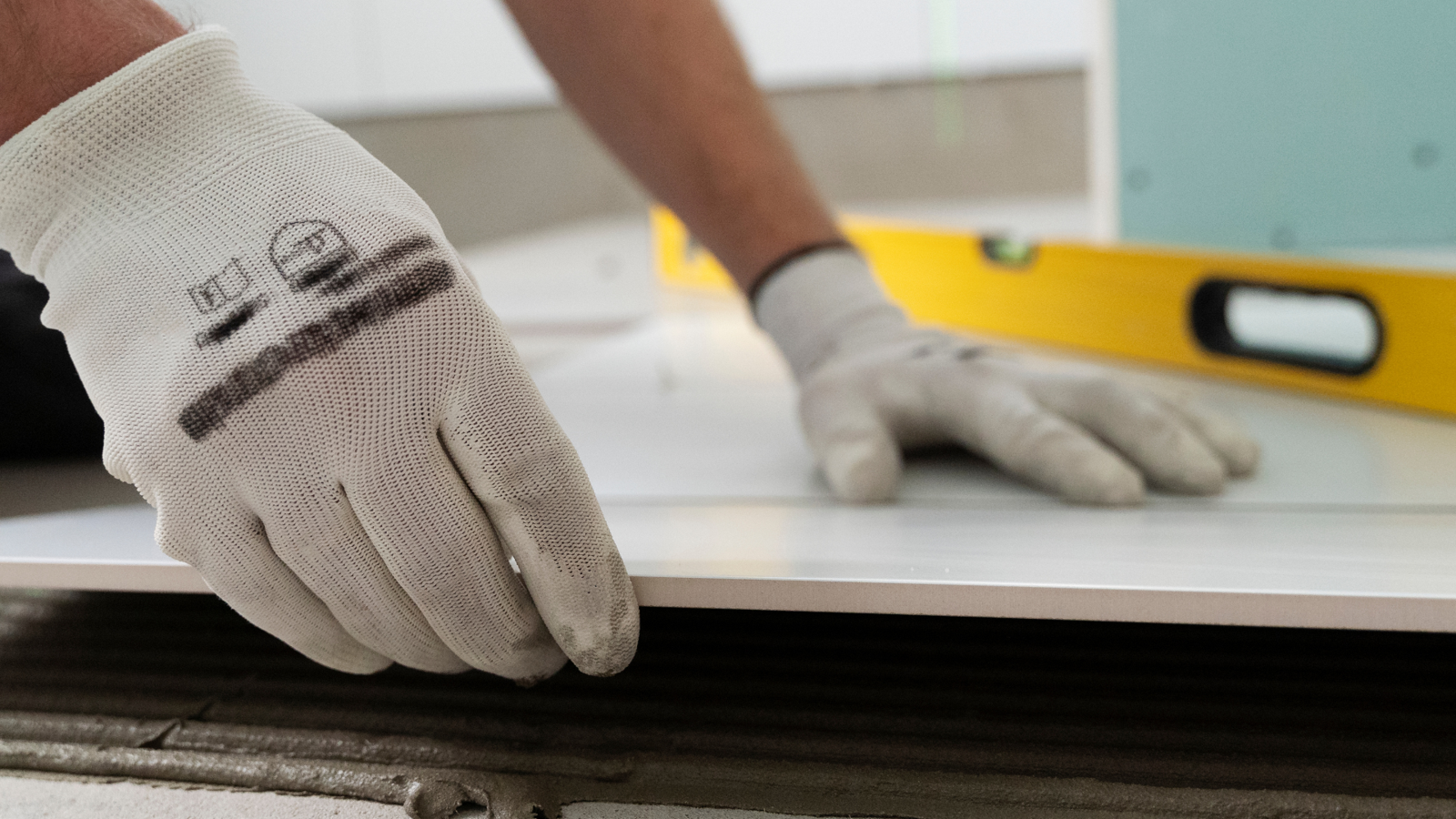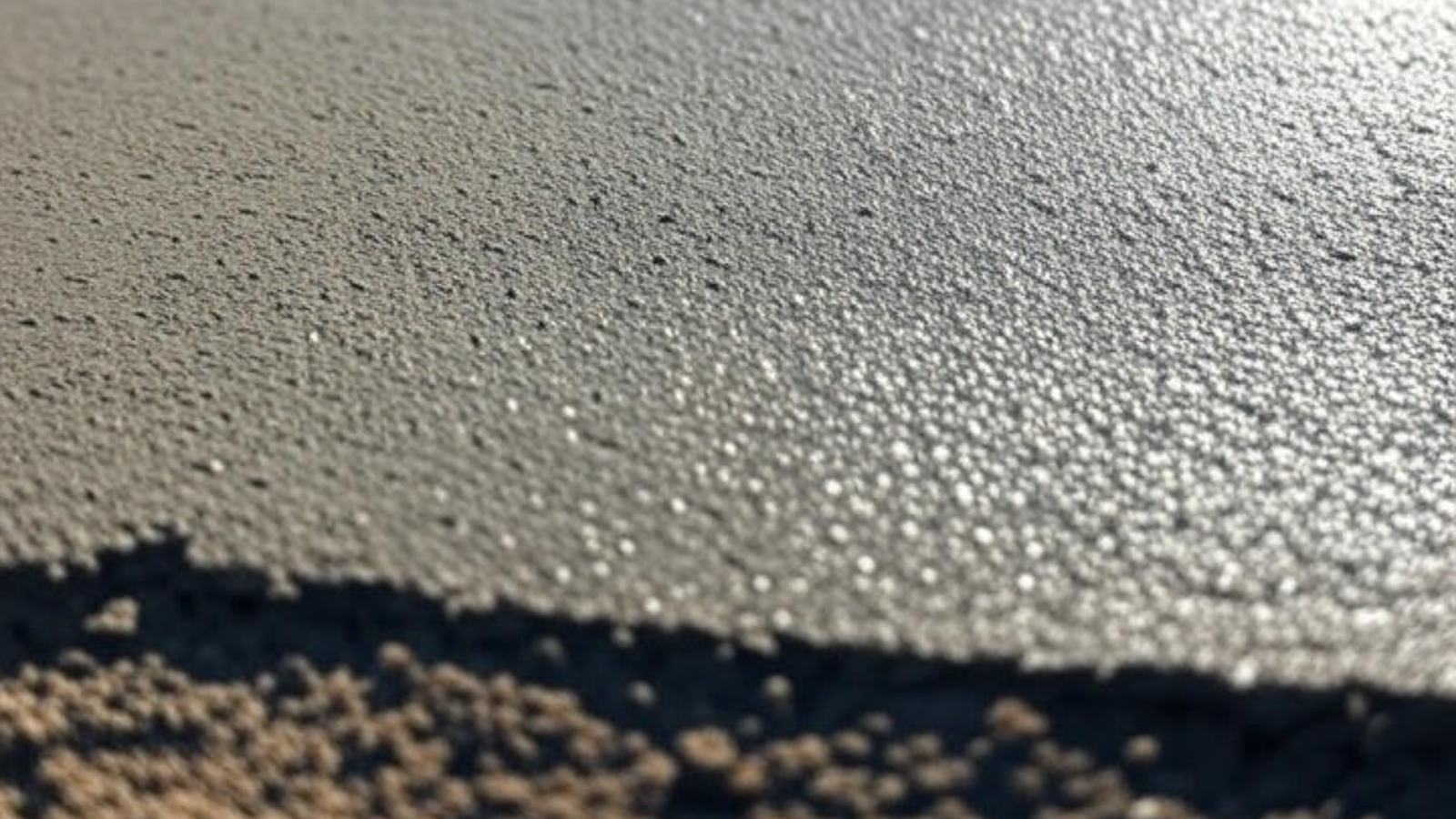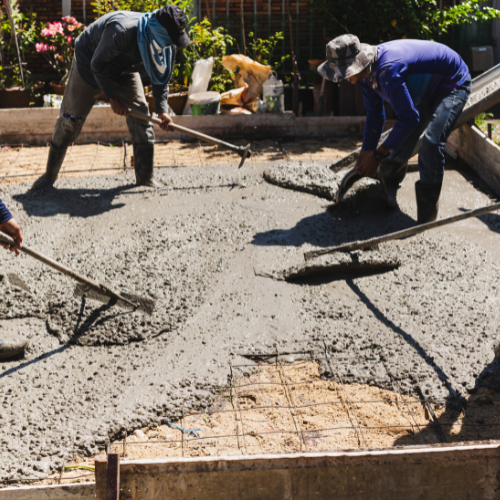If you are looking for a smooth and even surface before installing tiles, wood, or vinyl, a self levelling compound can make the job easier. Many homeowners and builders face uneven floors that cause problems later. Cracks, loose tiles, and bumpy finishes often come from ignoring proper preparation. This guide will help you understand what it is, why it is used, and how it benefits your floors.
What is a Floor Levelling Compound?
A floor levelling compound is a special type of cement-based product designed to spread across a surface and create a flat base. It flows easily when mixed with water, which allows it to settle into low spots without much effort. Unlike regular concrete, it is thinner and spreads more evenly. This makes it perfect for preparing subfloors before laying new coverings.
You do not need advanced skills to understand how it works. Once poured, it spreads out on its own and adjusts to the floor’s height differences. After it dries, it forms a strong, stable surface that supports tiles, laminate, or any type of flooring.
Why Uneven Floors Are a Problem
Uneven floors can cause many issues in your home or building. A small dip or slope may not seem serious at first, but over time, it leads to bigger troubles. Tiles can crack, timber floors may lift, and carpets can wear out faster. Furniture may not sit flat, and you might even feel the slope when you walk across the room.
Fixing the problem before installing new flooring saves time and money. A levelling mix helps you avoid repairs later and improves the overall look of your finished floor.
Benefits of Using a Levelling Mix
Here are some clear benefits you get when you use these products:
Smooth finish – It fills gaps and evens out rough surfaces.
Fast drying – Many mixes harden within hours, so you don’t need to wait long.
Stronger base – It supports heavy floor coverings and daily use.
Easy to apply – Most products are simple to mix and pour.
These qualities make it a better choice compared to regular cement or patching methods.
Light Weight Screed for Modern Floors
For larger areas or upper floors, many builders choose Light Weight Screed. It offers the same levelling benefits but with less load on the structure. Traditional concrete can be heavy, which is not ideal for certain buildings. Lightweight options reduce weight without losing strength.
They also provide better insulation and are easier to pump over large spaces. This makes them popular in apartments, high-rise projects, and homes where reducing weight is important.
Where Can You Use It?
Levelling compounds are useful in many places:
Living rooms before installing wood or laminate
Bathrooms and kitchens to support tiles
Commercial spaces with heavy foot traffic
Renovation projects where old floors are cracked or uneven
Whether you are building new or upgrading old floors, these mixes create a strong base for long-term use.
How to Apply It Step by Step
If you plan to use a levelling mix yourself, here is a simple process you can follow:
Clean the floor – Remove dust, grease, and loose pieces.
Prime the surface – A primer helps the mix stick better.
Mix with water – Follow the packet instructions. Avoid lumps.
Pour and spread – Start in one corner and let it flow naturally.
Smooth with a tool – Use a trowel or spreader if needed.
Let it dry – Give it enough time before walking on it or laying flooring.
While this looks simple, larger projects may need professional help. Skilled applicators use pumps and advanced tools to cover big areas quickly.
How Thick Can It Be Applied?
The thickness depends on the product. Some mixes can cover small dips as thin as 2–3 mm. Others can be applied up to 50 mm or more in one layer. For very deep gaps, it is better to apply in stages. This prevents cracks and allows proper drying. Always check the manufacturer’s guide for correct thickness.
How Long Does It Take to Dry?
Drying time depends on the type of product and room conditions. Many fast-drying options allow light foot traffic within 4–6 hours. Standard mixes may need 24 hours or more. For thicker layers, you may need to wait several days before installing flooring. Temperature and humidity also affect drying speed.
Tips for Best Results
To get a good finish, keep these points in mind:
Mix only the amount you can use in 20 minutes.
Always use clean water and tools.
Keep doors and windows closed to prevent drafts while drying.
Avoid walking on the surface too early.
If covering a large area, divide it into sections and work quickly.
By following these steps, you will get a smooth and even floor with less effort.
Professional Help vs DIY
Small home projects can be handled on your own with basic tools. However, if you are covering a large space or working on commercial projects, professional help is better. Experts use pumping machines that can pour and spread hundreds of square meters in a single day. They also know how to handle tricky areas such as slopes or old cracked floors.
Why This Step Matters Before Flooring
Skipping this step may save time at first, but it often creates bigger problems later. A weak or uneven base causes tiles to crack, vinyl to bubble, and wood to shift. Repairing these problems costs more than fixing the floor in the first place. A good base keeps your floors looking great and lasting longer.
Conclusion
Choosing the right self levelling compound is an easy way to prepare your floors for tiles, wood, or any finish. It smooths out rough spots, saves you from future problems, and gives your home or project a clean look. Whether you use a floor levelling compound for small dips or a Light Weight Screed for larger jobs, this step is worth it. For reliable solutions and expert guidance, you can turn to Screedflow Australia for professional floor preparation.







Write a comment ...